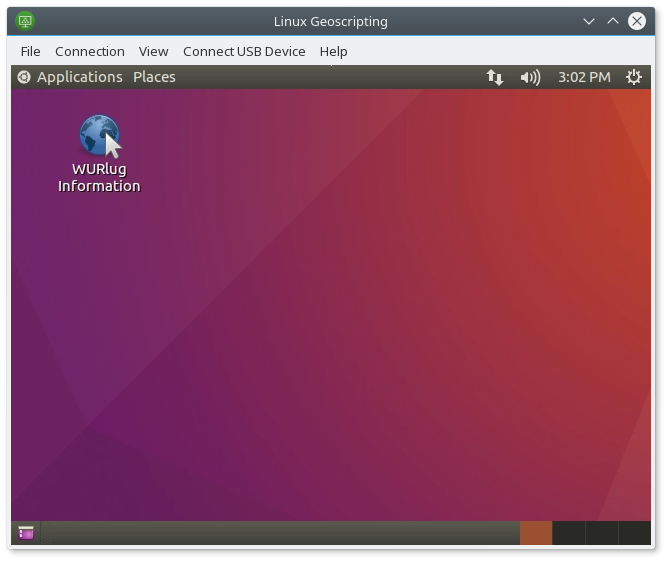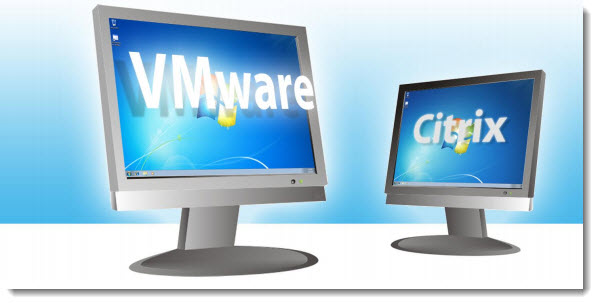

- Vmware horizon client bandwidth requirements software#
- Vmware horizon client bandwidth requirements Pc#
(2) Deploy Controller via third-party software (Citrix or Microsoft Terminal Server/TS)īoth Citrix and Terminal Server are long-established industry-standard techniques for deploying business applications across poor quality (slow) WAN links.

For 'super-users' (those running more complex tasks), recommended bandwidth of approx 512kbps or more.
Vmware horizon client bandwidth requirements Pc#
Minimum bandwidth (between client PC and web server) of approximately 256kbps for 'standard' users.However, in order to be helpful, we can state that customer feedback to IBM Cognos Support has provided us with enough information to give the following general (approximate/non-guaranteed) 'Proven Practice' guideline recommendations: At the foundation will always be the network and as we’ve shown there are many aspects to consider.As stated above, IBM cannot make any definitive predictions on the exact network needs of an individual customer. Further, network scalability and security also need to be addressed to ensure continuity of service during internal or external network-based events or attacks.Īt the end of the day, VDI as a computing service has its place on campus in Higher Ed but careful planning and design is needed to ensure a well-performing solution. Systems and processes to facilitate disaster recovery and business continuity (DR/BC) need to be included with any wide-scale VDI deployment. Thus, VDI would need to be categorized as mission-critical to teaching and learning, and have the necessary protections to stay running. Scalability – can the solution be scaled up or down accordingly?įor many institutions that made a large investment in VDI, the platform became the only source of computing on campus.Latency – look into network performance and peaks in usage to determine the maximum load of the network.Always-on connectivity and network resilience.Designing and provisioning network hardware with low latency specs will ensure an acceptable user experience, especially for workloads that require high fidelity such as music editing, CAD/CAM software, or animation projects. Either way, it's important to meet the bandwidth requirements of delivering to any given number of devices.įinally, latency is the enemy of VDI. This might mean redundant and paired internet pipes to the datacenter and upgraded firewall and router appliances to handle the extra data. For off-campus, the more throughput the better. For all campus endpoints, a minimum of 1GB/s should be the baseline. These might be computer labs, teaching podiums, and off-campus BYO devices. Implementing a 10Gbs, 20Gbs, or even 40Gbs core network in the data center will ensure excellent performance during the operations with the highest demand, such as recomposing pools, boot storms, and login storms.Įxternal throughput is required for all the connections from endpoints to the VDI desktops. Ensuring the correct network requirements during implementation will make sure the VDI is able to function properly and meet users’ needs.įor internal throughput, bigger is better. These considerations will ensure that the VDI solution is fit for purpose and provides users with the access they need when they need it.

When designing a Desktop Virtualization network, there are 3 basic aspects to consider: internal throughput, external throughput, and latency.



 0 kommentar(er)
0 kommentar(er)
